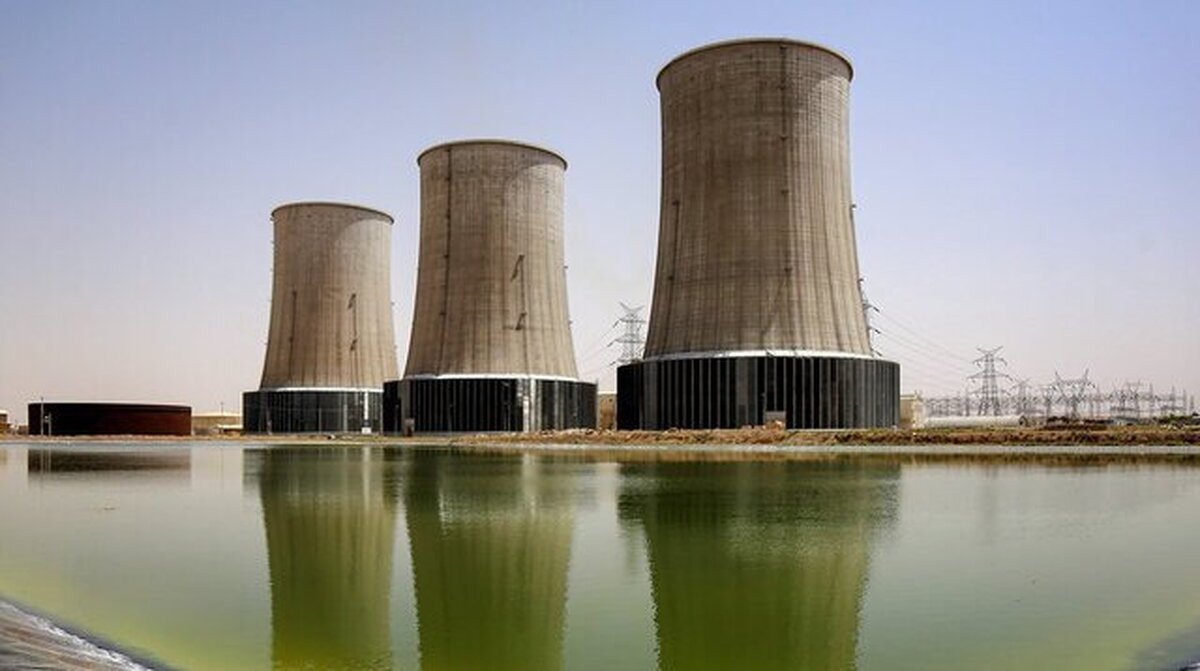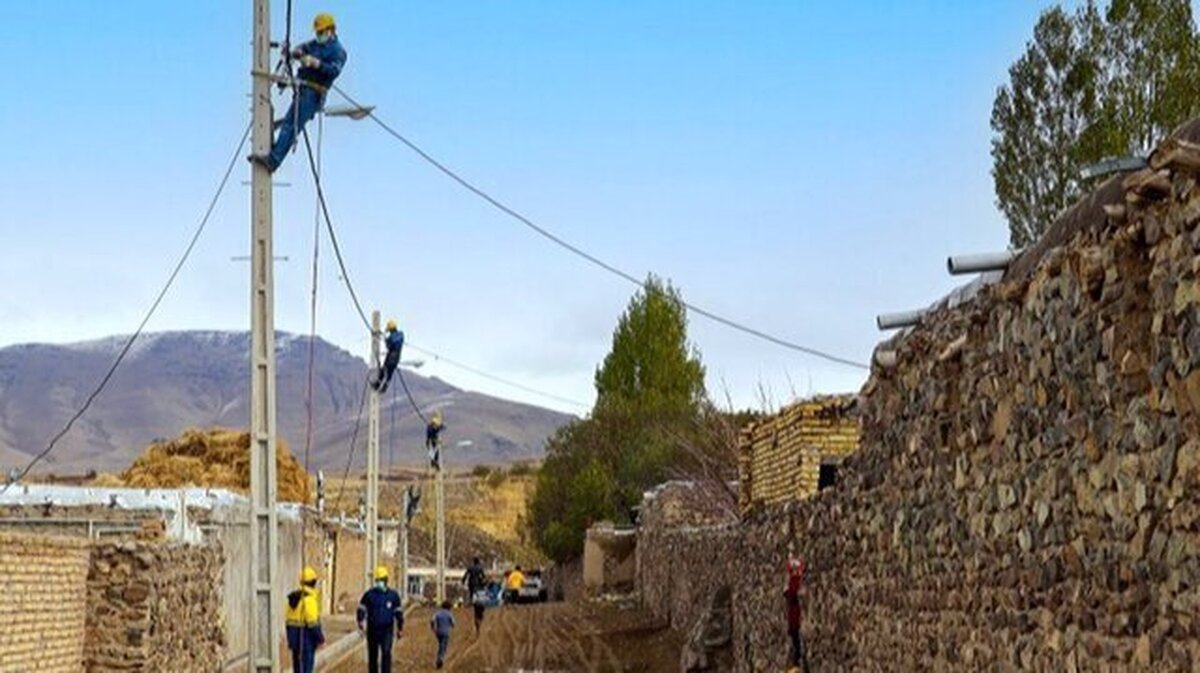
Electricity Use at All-Time High
EghtesadOnline: Iran’s electricity consumption reached an unprecedented record of 64,046 megawatts on Tuesday, the highest since keeping records started nearly a century ago.
The new record comes as high temperatures nationwide has driven electricity consumption to new heights, IRNA reported on the basis of information from Iran Grid Management Company, an Energy Ministry subsidiary.
The new figure (64,046 MW) shows a 19% growth (10,000 MW) compared to the same time and day a year ago.
Electricity consumption on June 20 surpassed 62,000 MW.
Last July, electricity consumption in Iran exceeded 58,000 MW, registering the highest power consumption recorded in the country.
The highest peak demand in 2015 was about 50,000 MW.
Iran’s southern cities are experiencing a 50-degree Celsius temperature and the capital Tehran’s temperature has reached 38 degrees Celsius.
According to IGMC, the state-affiliated Power Generation, Distribution and Transmission Company’s (Tavanir) maximum generation capacity is 59 gigawatts, yet the demand has approached 64 MW. The 5,000-MW deficit has to be compensated by load shedding and frequent power outages that have affected industrial units and household sectors, especially in small towns.
According to Mostafa Rajabi Mashhadi, the deputy for planning and economic affairs at Tavanir, the current installed power capacity is 84 GW. However, a lot less is produced especially in the hot seasons due to wastage, technical problems and restrictions, as power plants are usually not allowed to operate at full capacity.
"Close to 90% of consumers are in the average 300-kilowatt hour bracket a month, which is a basic consumption benchmark for subscribers in regions with a temperate climate," he said.
"Depending on geographical proximity of provinces, the base model is modified," he added, noting that those who live in arid and desert regions like Khuzestan, Hormozgan and Bushehr provinces are heavy consumers, if their monthly consumption exceeds 3,000 kilowatt hours.
The figure is 2,000 kilowatt hours per month in Kerman, Fars and Sistan-Baluchestan provinces.
Rajabi stressed that to meet the rising power demand during the peak hours of summer, Tavanir should add 5,000 MW to its annual output.
“This is not economically viable because power consumption decreases by almost 50% as soon as the hot season is over and most power plants are shut down,” he added.
The construction of a 1,000-MW power plant costs at least $500 million and commonsense demands that the same amount be spent on encouraging consumers to reduce consumption for three months.
Power generation costs, including production and transmission, are 2 cents per kilowatt-hour while electricity is sold at 0.7 cents per kWh now.
According to Paven, the Energy Ministry’s news portal, the number of electricity meters nationwide has surpassed 35.5 million and 3.5 million, as new consumers have joined the national grid from 2015.
Household, agriculture and industrial sectors account for 28.5 million, 436,000 and 242,000 consumers respectively. The rest are public sector and commercial companies.
Rajabi noted that electricity imports from neighboring states, including Turkmenistan, Azerbaijan and Armenia, have approached 700 megawatts per day in the last three weeks.
Nonetheless, power exports to Iraq, Pakistan and Afghanistan have reduced and reached less than 1,000 MW since the beginning of June.



